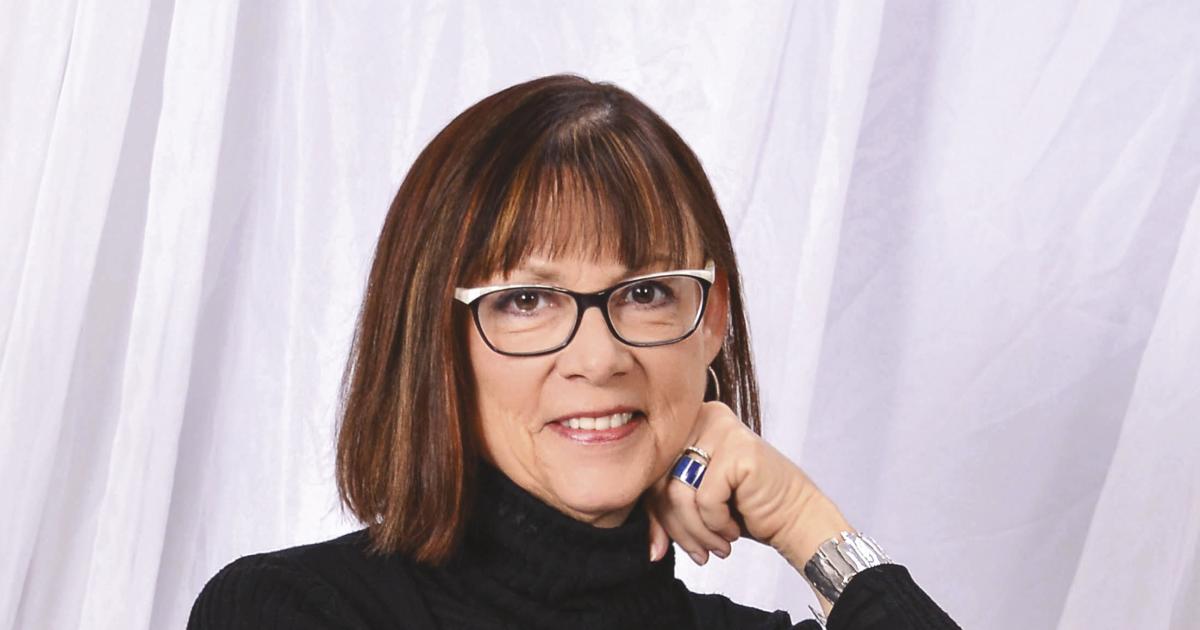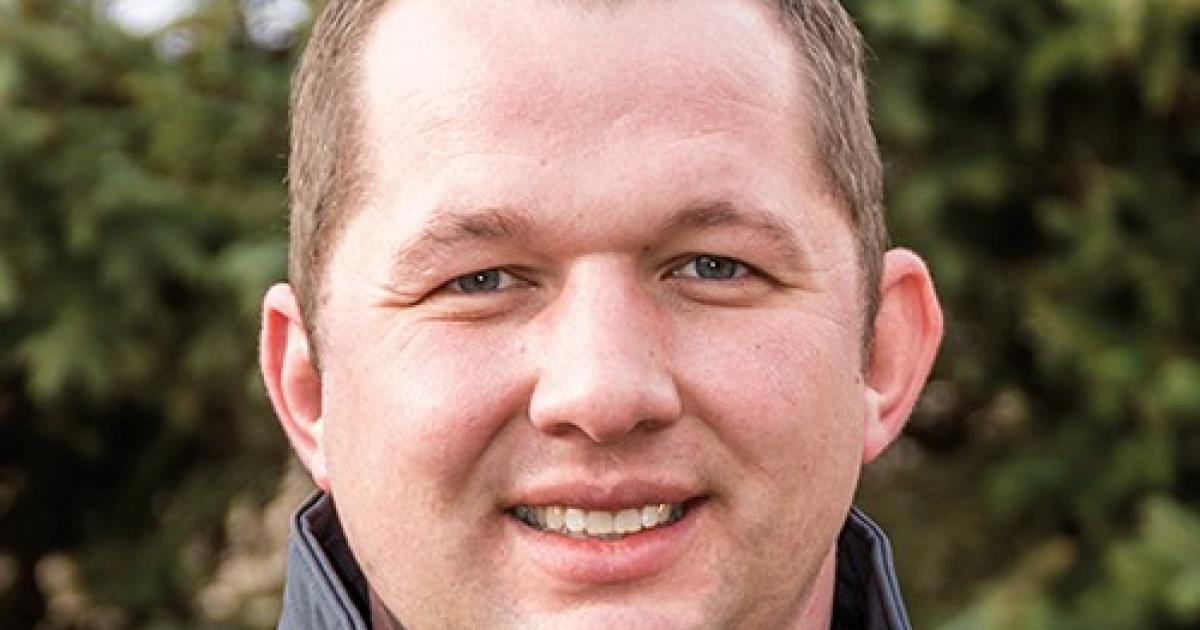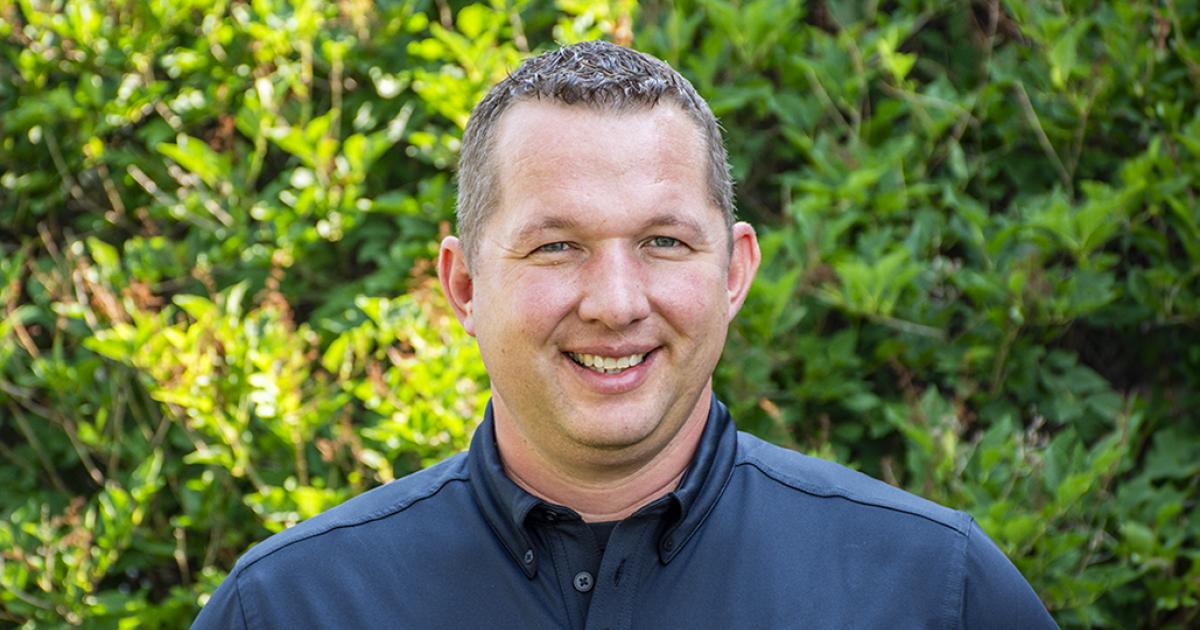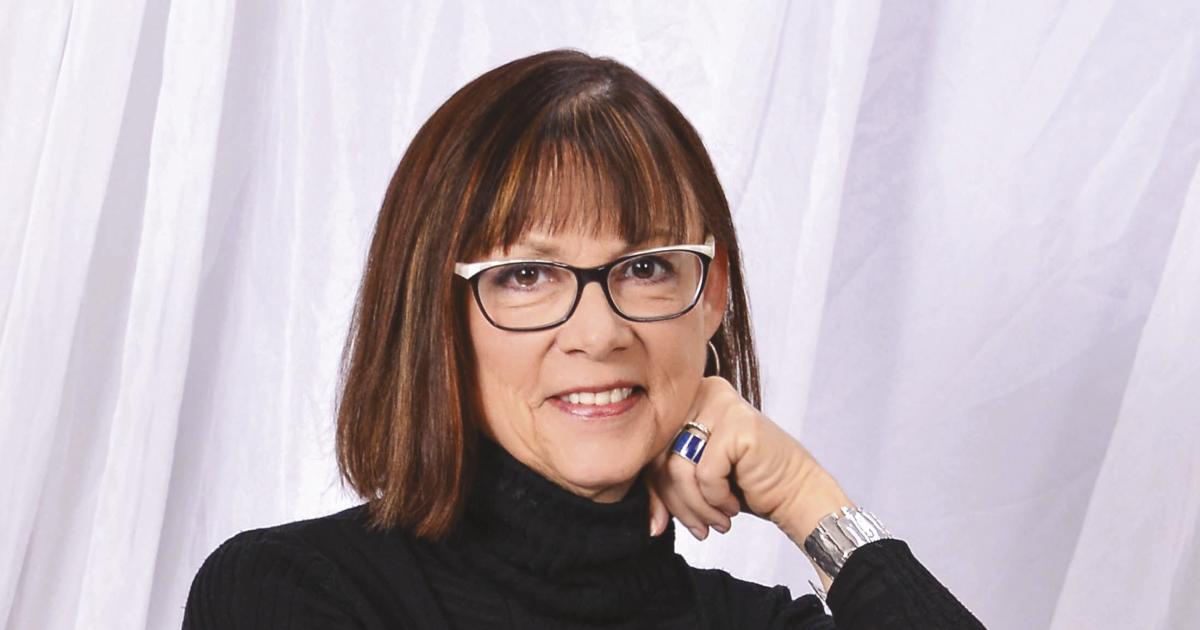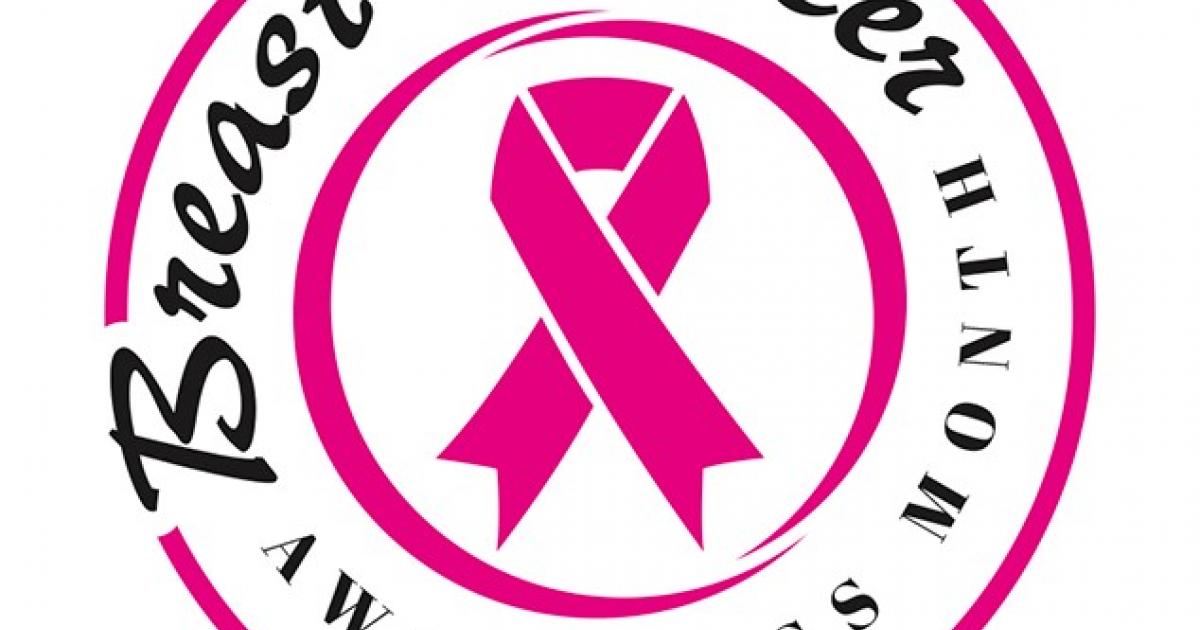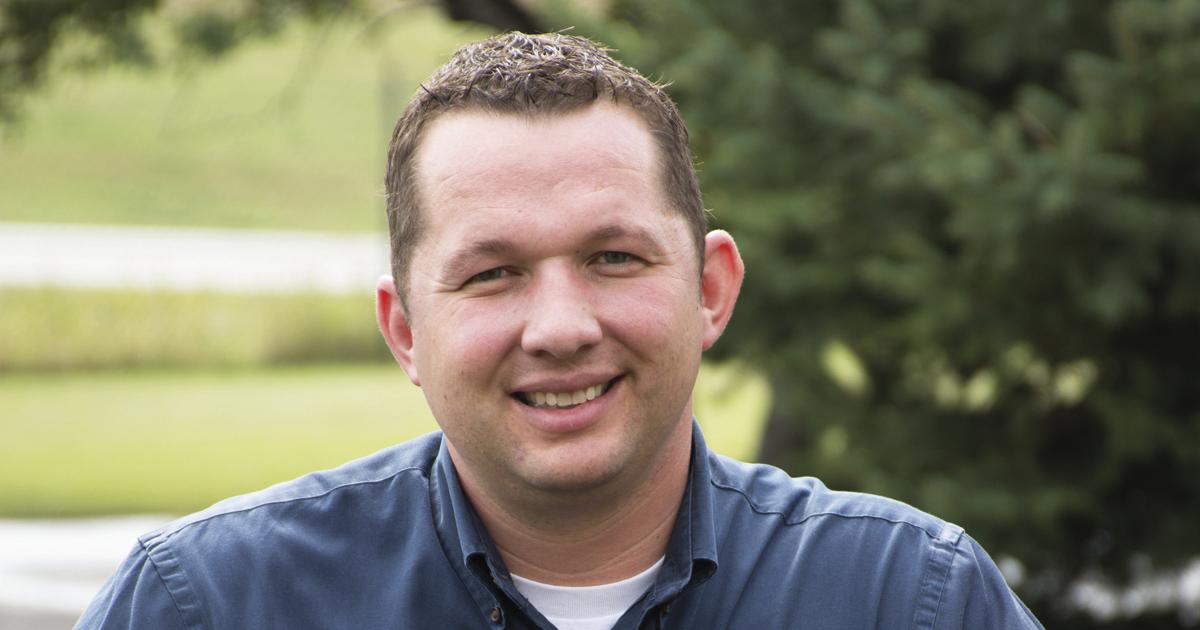What do pie crust and golf have in common? Let me tell you two stories.
Let’s start with golf. The physical education department in my little school didn’t have much of a budget. When it came to golf, we were told to grab a club and swing. I’m left-handed, but I was forced to learn right-handed, if you could call it “learning.”
I whacked and hacked. If I was lucky enough to hit the ball, I “topped” it. It basically dribbled a few inches from where I stood. The other stroke I excelled at was creating divots – gashes in the ground deep enough to bury a small rodent. And I contacted the ground hard enough to practically throw my arms out of alignment.
When I got married to a guy who loved to golf, I was determined to learn the “right” way. It seemed a pastime we could enjoy together. He found me some left-handed clubs and we went to the course. While I couldn’t golf right-handed, now golfing left-handed felt just as backward. No matter which way I golfed, I was terrible. I could throw the ball (with either hand) farther than I could hit it.
I came to the conclusion it was OK for my husband and me to have different pastimes. I became good at driving a golf cart, noting a good shot and appreciating the lovely scenery on some great courses.
Now, let’s talk about pie crusts.
Early in my marriage, my husband and I were head residents in a dorm at North Dakota State University. We ate nearly every meal in the dining center, which meant I didn’t cook or bake.
That wasn’t much of a problem until the women’s group at church had their annual pie social. It was a BIG DEAL. I was instructed to bring a pie.
My mom made fabulous pies. Apple with hand-churned ice cream. Banana cream with piled-high meringue. Pumpkin with real whipped cream. Unfortunately, she lived 180 miles away. I got her pie crust recipe. Certainly, I could replicate her specialty.
The recipe called for a tablespoon of lard. I wasn’t about to buy a pound of lard for one tablespoon. I didn’t have any butter in my mostly empty fridge. No Crisco, either. I don’t remember what I used, but it didn’t work. I tried again. And, again. The pie deadline was looming. In desperation, I bought a graham cracker crust, mixed up a box of pudding and shoveled it into the crust. Then, I snuck it into the church kitchen.
The pie social was a great success. Those of us working in the kitchen didn’t get to enjoy a piece of pie until everyone else had left. My pathetic pie was still in the kitchen. And since there were only random slices of other pies left, what were the workers supposed to eat? My pie. (I did NOT tell anyone that sorry-looking pie was mine.) I knew better than to take a piece of it, but the woman across from me didn’t. I watched as her fork slid through the pudding and then stopped at the crust. She pushed on her fork. She pushed harder. Finally, her fork broke that brown cement and hit the plate. The clunk of her fork hitting the plate seemed to echo through the basement. I was thankful the plate didn’t break. And, that the pie was in an aluminum pie plate I didn’t have to claim to take home.
When my husband and I moved to our first home, I was determined to master the art of making pie crusts. Why I threw down that gauntlet is a mystery to me. I watched my mom make countless crusts, but no matter how I tried, they were always a failure.
I tried recipes that called for ice water. I tried “no-fail” oil crusts. (I failed.) Maggie, who owned our local café, was known for her fabulous pies. I asked her to teach me. She took me into the café kitchen, grabbed a handful of flour and put it in the middle of a counter. In went a pinch of salt. With her fingers, she grabbed some shortening (she did it so fast, I didn’t even notice what kind she used) and worked it into the flour. She formed a little valley in the middle and dribbled in some water, without measuring. Then, she mixed it all together with one hand, and she had a pie crust. I honestly think it took 60 seconds. I asked if she could do it again.
That’s when I gave up. If asked to bring a pie to an event, my standard answer was, “I don’t make pies.” Other women looked at me like I was crazy. What self-respecting woman says she won’t bring a pie to a pie social? Me, that’s who. I didn’t care what they thought. I knew they were better off without my pie.
What did I learn from these two failures? That it’s OK to fail. It’s OK to not be good at everything. Acceptance of my failures allows me to praise people who are great at things I’m not. And, to concentrate my efforts on getting better at the gifts I do have.
By the way, I also gave up learning macramé and playing guitar. There wasn’t a left-handed version of either. (And YouTube hadn’t been invented.)
If not for accepting failure, I could be a crummy, guitar-playing golfer, producing mediocre macramé and pie crusts. Instead, I’m a writer.
What successes have your failures led to?
____
Roxanne (Roxy) Henke enjoys not playing golf in her travels around the country, as well as eating pie, savoring a delicious crust when she finds one. You can contact her at roxannehenke@gmail.com.


